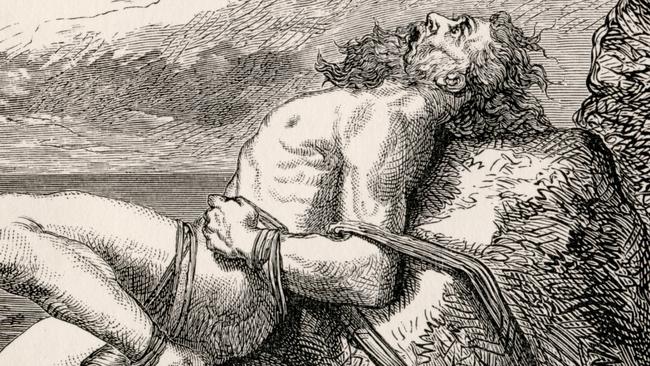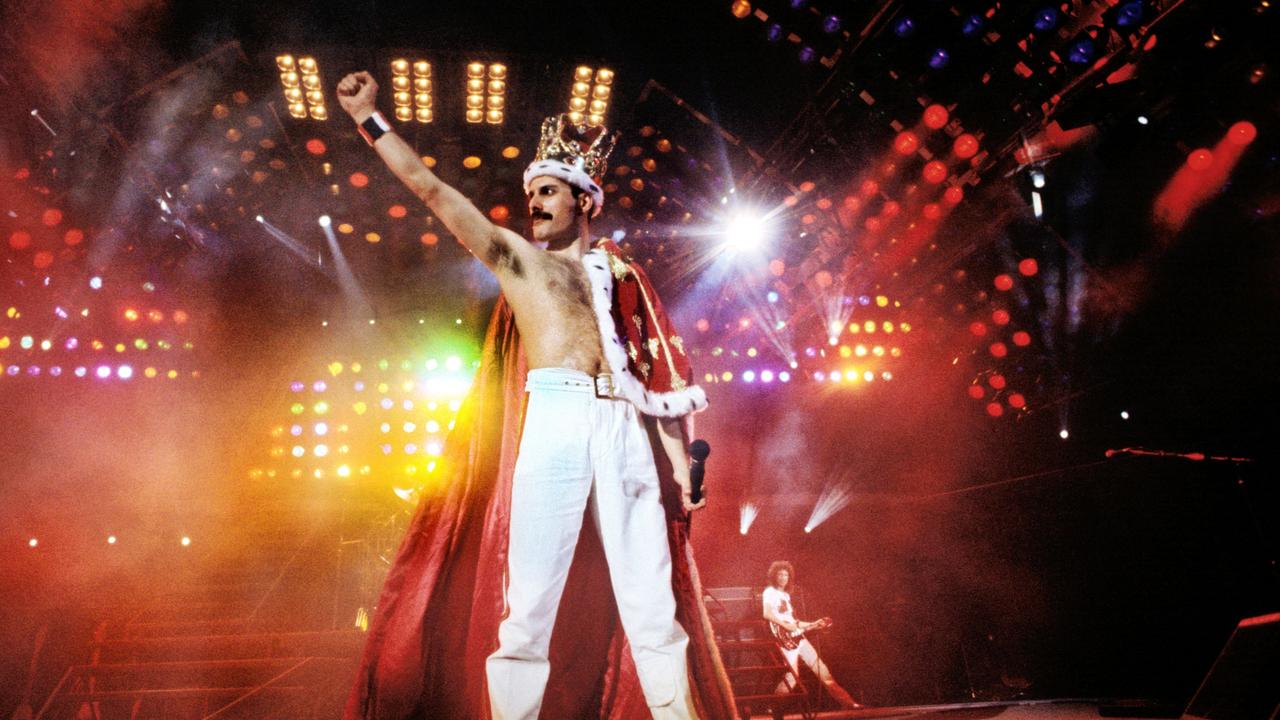Norse Mythology: Gaiman’s soap opera of gods, giants and monsters
Neil Gaiman approaches the myths reasonably accurately, reasonably colourfully and reasonably chronologically.

A feature common to systems of myth is their adaptability. They have lasted, and lived to become myth, for reasons beyond freak accidents of history. Which is not just to say there are plenty of ways for an author to approach a retelling; it’s to say that the manner of telling might be the most interesting story.
It also means it’s wrong to claim that English author Neil Gaiman ‘‘gets’’ Norse mythology. There are plenty of ways to get Norse mythology, and few ways to go totally wrong. Even so, that he ‘‘gets’’ these stories is the prevailing impression one takes from Norse Mythology, a dozen-plus stories that approach the myths reasonably accurately, reasonably colourfully and reasonably chronologically.
Gaiman tells these stories in a plain voice composed of simple, declarative sentences, sustaining a tone of assured, easygoing familiarity. He’s saying they are interesting stories, powered by characters, suspense and surprise.
At a recent promotional reading in New York, he selected one story, The Master Builder, in which Odin, father of the gods, realises that Asgard, their home, lies undefended from all manner of distant monsters.
“We need protection,” Odin says. “Giants will come. Trolls will come.” What do you propose, one god asks him. “A wall,” says Odin. Apparently this moment, led by Gaiman’s comic timing, was quite a hit with the audience. It may be less interesting to modernise these stories than to carry them into modern times.
But though Gaiman’s approach seems deliberately straightforward, it’s also far from demystifying. The Master Builder quickly becomes a complex game of back and forth between the gods and a mysterious foreign builder. They plan to let him build the wall almost to completion and then stiff him on the price of the labour.
The price of the labour is Freya, a goddess whose hand in marriage is frequently promised to strangers, and Gaiman does good, subtle work in drawing the reader’s attention to the unjustness of this. So, these stories are not parables; their mechanics are historically and creatively specific, and rarely do they not get weird.
The presence of gods and monsters does not itself guarantee weirdness and mystery. Most of that is supplied by the characters’ psychological profiles, which are petty, venal and bizarre. While it’s possible to reasonably imagine these players as towering figures of worship, they are also a bit like the less savoury types who occasionally blow into Ramsay Street on Neighbours.
In a short introduction, Gaiman explains his first encounter with Norse mythology was through the Thor comics made by Jack Kirby and Stan Lee (with dialogue by Larry Lieber). Like the best superhero stories, Gaiman’s take is a soap opera with grave stakes and special effects. Such stories show us how we might enact our basest emotional impulses if we had feathered cloaks that allowed us to fly, or at least giant hammers to hit things with.
It’s a populous world, and Gaiman is good at building new characters quickly: humans who encounter the gods on their travels, and giants who probably wish they didn’t. The standout figure is Loki, because villains have more fun, and so do flawed oddballs, and he is equally both. “Loki makes the world more interesting but less safe,” Gaiman explains.
Loki has been a major part of Gaiman’s work for nearly 30 years, especially the Sandman comics that made his career and the novel American Gods. As a sort of ur-trickster, he’s both the character who makes conflict happen, thereby inducing story, and the one who is best suited to modern readings of the self.
Thor is simple and staunch; Odin is simple and scary; Loki is a mess of unpleasant multitudes. The gods keep him around “because his stratagems and plans save them as often as they get them into trouble”. They pay for this, and so does Loki, in a powerful tale that Gaiman presents with a light touch, letting its themes of fate, justice and horror speak for themselves.
“It was the fact that the world and the story ends, and the way that it ends and is reborn, that made the gods and the frost giants and the rest of them tragic heroes, tragic villains,” writes Gaiman. “Ragnarok” — the twilight of the gods — “made the Norse world linger for me, seem strangely present and current, while other, better-documented systems of belief felt as if they were part of the past, old things.’’
With its chronological structure drawing the reader towards this inevitable ending, the world of the gods always feels sweet and rich, half-remembered even as you’re reading it. They read like troubled people who once roamed the earth.
Ronnie Scott is a writer and publisher.
Norse Mythology
By Neil Gaiman
Bloomsbury, 304pp, $27.99


